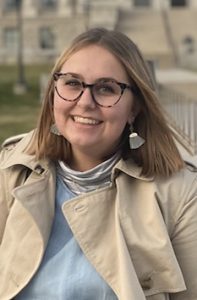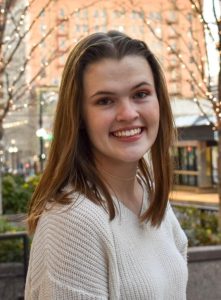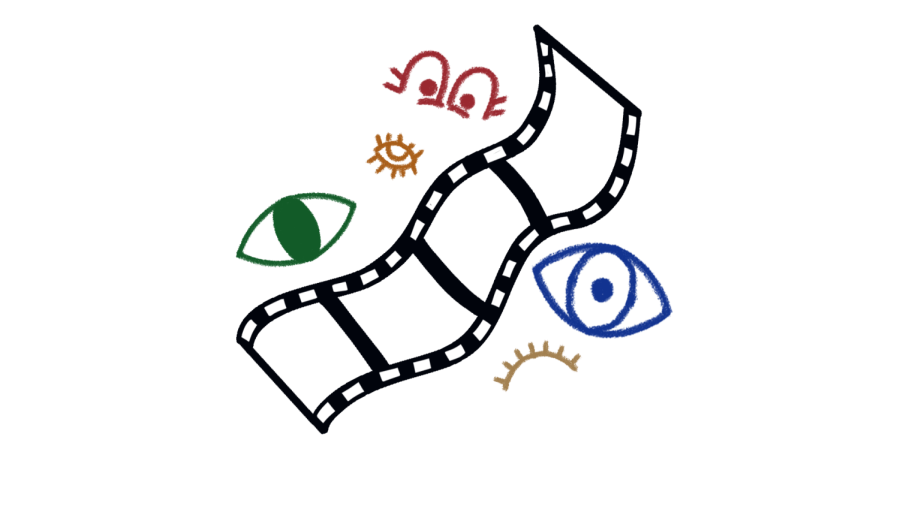Kincart: Our Provost, Martell Teasley, is a Key Figure in University Leadership
(Design by Claire Peterson | The Daily Utah Chronicle)
April 2, 2022
In this past year, we watched the Utah Board of Higher Education name the University of Utah’s new president. Because of the important nature of this decision, students, the public, trustees and staff sat on panels to evaluate the final candidates.
However, since universities are so large, university provosts end up playing an increasingly significant role in undergraduate student life. It is a position to which we should pay equal attention. At the U, Martell Teasley serves as our interim vice president of academic affairs and provost. He leads the Office of Academic Affairs, which according to their website, “guides academic and long-range institutional planning, with oversight of academic faculty and staff, budget planning, enrollment management, information resources, and student admissions and retention.” Understanding the significance of a university provost will help students make effective changes on campus.
Teasley earned his Ph.D. in Social Work from Howard University and is the former dean of the University of Utah College of Social Work. Teasley explained his career trajectory to me in an interview. Before his career in academia, he served as a nurse in the military. After sustaining an injury in the military, he decided to go into social work. “I discovered I’m really a humanitarian … I like helping people and I like people in general,” he said. Various mentors in Teasley’s life encouraged him to pursue his master’s and doctorate degrees. Meeting students, teaching and finding an intellectual community attracted him towards a profession in academia.
Teasley ended up in higher education administration by meeting a series of self-set goals. After becoming the first African American to outright make tenure at Florida State University, he moved towards administration. “I accomplished that … and the next goal was probably administration,” he explained.
Eventually, Teasley ended up at the U. Although initially hesitant about taking a job in Utah, Teasley said “When I came to campus for the interview, I found that many of my preconceived notions about Utah were unfounded.” As Teasley transitioned into his role as university Interim Vice President of Academic Affairs, he did a “listen and learn tour” with President Taylor Randall. He said he was able to see “the amazing work” the faculty is doing. Experiences like this, where Teasley can meet new people, are his favorite part of the job.
Although Teasley works closely with President Randall, there’s a significant difference in their roles. At the U, the senior vice president of academic affairs is responsible for the strategic direction as well as academic and budget priorities. “The President’s role is rather ceremonial,” Teasley said. He detailed how the president is often “meeting with the state legislature on the needs of the university” or “meeting with key donors.” “The Senior Vice President of Academic Affairs really executes a lot of things and makes sure the university is running smoothly,” Teasley said. He further explained this difference in roles by saying, “It’s the execution of ideals that the President has on his agenda and strategic plan.”
This difference in roles is often misunderstood and confused by students. Teasley wants students to know that “there’s a lot of behind the scenes work that [the Office of Academic Affairs] is doing that students don’t really understand.” While we may not be privy to all the information that university administration handles, we can still get involved and make an impact on higher education. Teasley and President Randall are working on having more formal and informal meetings with students. In these meetings, we can raise our concerns about what’s happening at the U. We can also use these meetings to push for more student voice and input in university administration.
Teasley also encouraged students to get involved with student government to make changes on campus. “[Student government is] one of the major vehicles and there is funding allocated for student-based projects,” Teasley said. But he also encourages students to contact his office with concerns if they aren’t being addressed by deans, department chairs or instructors. So, as students, let’s take our concerns to those university leaders and, if they aren’t met, we can work with Teasley’s office. The senior vice president for academic affairs holds a role that covers implementation and the day-to-day operations of the university — there’s a lot more power in the position than we might have thought. Let’s not discount the significance of Teasley in the successes and shortcomings of our university.









